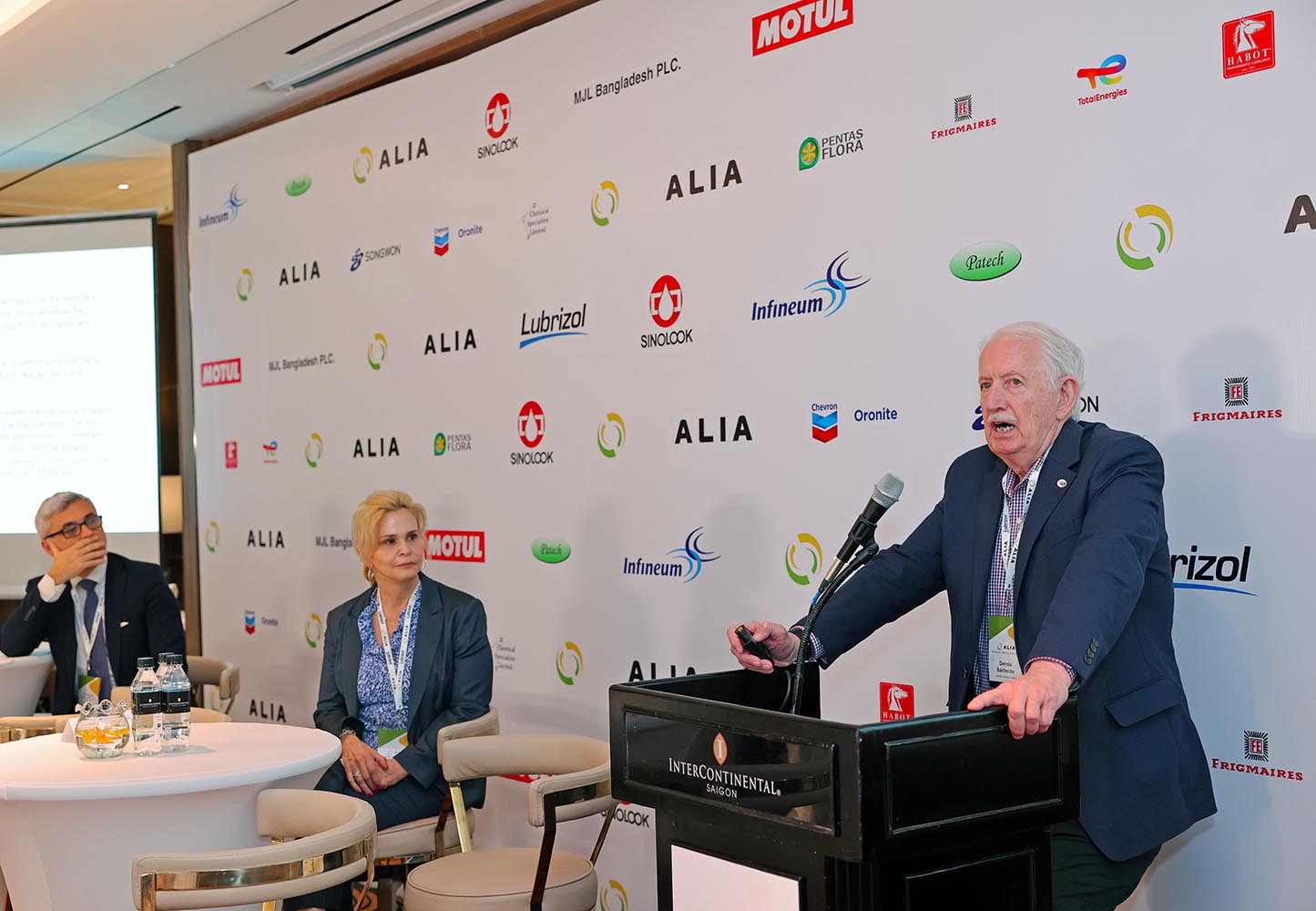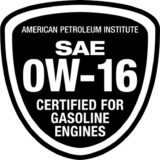
API AMAP reports engine oil standards compliance issues
Nearly half of API After Market Audit Program (AMAP) engine oil samples have an issue and fall short of compliance with API EOLCS licensing standards, according to Dennis Bachelder, senior engineer, Engine Oil Licensing and Certification System (EOLCS), with the American Petroleum Institute (API).
Bachelder presented an API Liaison Report at the ALIA Annual Meeting which began yesterday in Ho Chi Minh City, Vietnam.
API’s EOLCS, oversees 880 licensees across 63 countries, with significant representation in North America (36%), Asia Pacific (25%), the remainder of Asia (13%), Middle East (13%), Europe (8%) and other global regions (5%). A total of 27,000 products are licensed by API globally.
API AMAP collects and annualizes over 1,000 samples per year. Despite API’s robust aftermarket program and rigorous audit processes, which monitor adherence to the technical requirements of API service categories and proper use of the API service symbols, Bachelder revealed that 46% of oil samples analysed did not conform to API licensing requirements. These AMAP samples exhibited various issues, many minor, such as additive element reporting, unidentified additives, viscosity discrepancies, paperwork issues and property/bench test inconsistencies.
While non-conformity rates may seem high, Bachelder clarified that the numbers appear higher than they are. The 17% classified as “not okay for category” include minor, easily rectifiable issues with elemental reporting, viscosity and NOACK volatility, he explains. During licensing, a chemical fingerprint is taken that identifies the additives in an engine oil. 15% of sample oils were categorised as “questionable additives” where the ingredients did not match the chemical fingerprint established in initial licensing.
Bachelder underscored API’s proactive approach to rectifying AMAP non-compliance issues with individual companies, by first ensuring that AMAP testing accuracy, reproducibility and repeatability, identified the issue and then working with the oil manufacturer to enhance their broader quality assurance programs.
He also highlighted instances of licensing trademark misuse and counterfeiting, particularly in the Asia-Pacific region. While a significant majority (92%) of sample oils were fully licensed with API, 4% were licensed companies with an unregistered brand, and 3% utilised API trademarks without proper licensing. Bachelder reaffirmed API’s commitment to enforcement and safeguarding consumer interests.
Furthermore, Bachelder noted the strong uptake of API’s newest engine oil standards, with 9,240 products licensed to API SP; 5,801 to ILSAC GF-6A; and 404 to ILSAC GF-6B. API began licensing API SP and ILSAC GF-6 products in May 2020.
The International Lubricants Standardization and Approval Committee (ILSAC) GF-6 is the latest specification for passenger car engine oils, designed to provide high levels of performance and protection for engines. Introduced to address the evolving needs of engine technology, including improvements in fuel economy, emission system compatibility, engine durability, and protection against low-speed pre-ignition (LSPI), the GF-6 standard is divided into two categories: GF-6A and GF-6B. These specifications are developed to meet the requirements of modern engines and the challenges posed by newer fuel economy and emissions standards.
GF-6A is the direct successor to the previous ILSAC GF-5 specification and is backward compatible with older engine designs. Oils meeting the GF-6A specification are identified by the traditional starburst symbol on the product label. GF-6A oils are formulated for use in most engines and are available in a variety of viscosity grades. They provide significant improvements over GF-5 in terms of wear protection, piston cleanliness, fuel economy, and protection against LSPI, among other performance areas.
GF-6B is a new specification designed for a limited range of engine types, specifically those requiring lower viscosity oils that can provide enhanced fuel economy benefits. Oils meeting the GF-6B specification have a new certification mark, featuring a shield symbol, to distinguish them from GF-6A.










